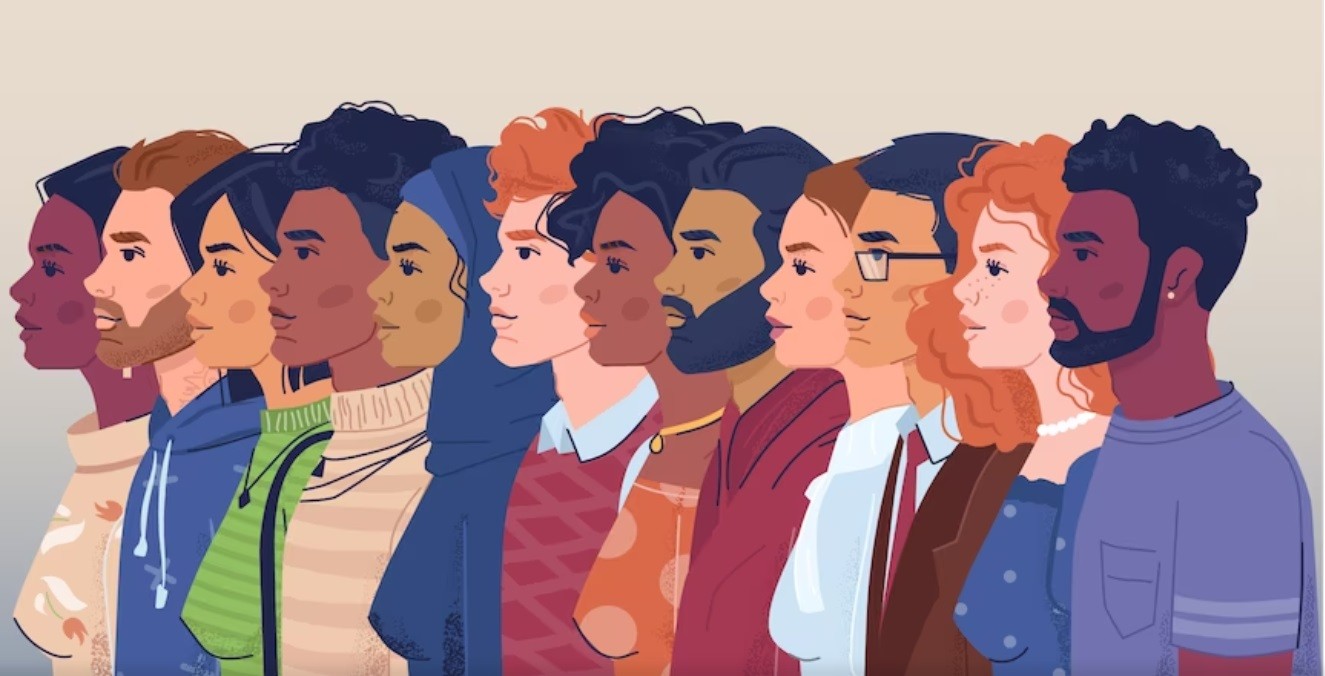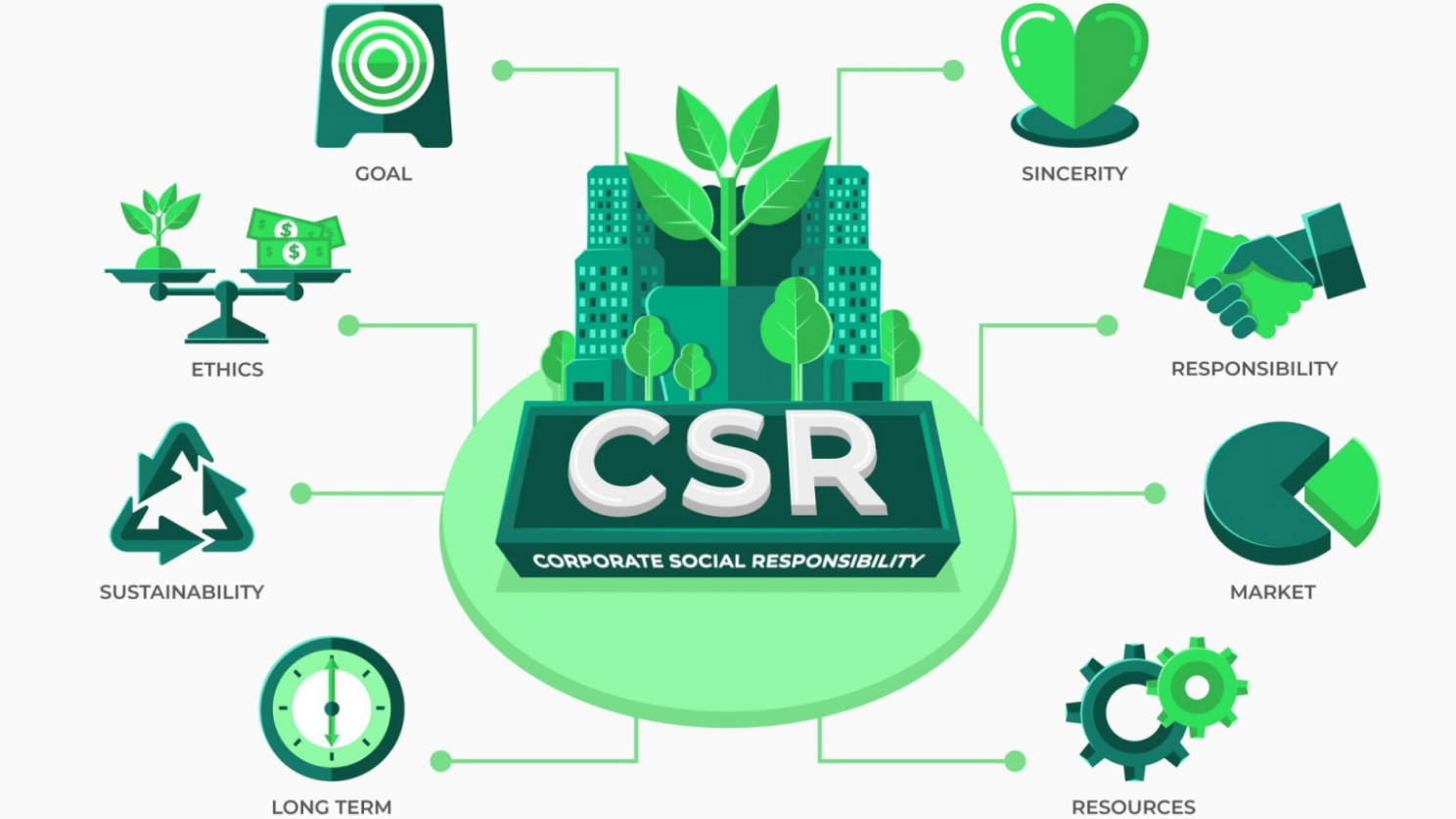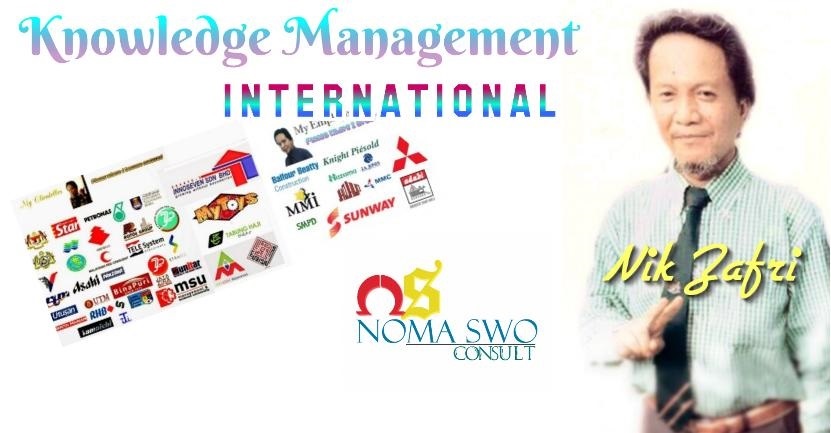2. SOCIAL
These criteria evaluate how an organization manages relationships with employees, suppliers, customers, and the communities where it operates. By systematically assessing these areas, organizations can gain insights into the effectiveness of their efforts to promote workforce diversity and equal opportunities for all employees and identify opportunities for continuous improvement.
i. Diversity and inclusion - Assessing workforce diversity and equal opportunities for all employees on various aspects of an organization's policies, practices, and culture. These can be achieved by :
a. Demographic Data Collection - Collect and analyze demographic data on employees to understand the composition of the workforce. This includes information on gender, race, ethnicity, age, disability status and other relevant characteristics. Ensure that data collection methods are respectful of privacy and comply with relevant laws and regulations.
b. Representation Across Levels - Examine the representation of different demographic groups across various levels of the organization, including entry-level positions, management roles, and executive leadership. Compare demographic data to benchmark figures and industry standards to identify disparities and areas for improvement.
c. Recruitment and Hiring Practices - Evaluate recruitment and hiring practices to ensure they promote diversity and equal opportunities. This includes implementing proactive strategies to attract candidates from underrepresented groups, using diverse recruitment channels, and mitigating biases in the selection process through training and standardized procedures.
d. Promotion and Advancement Opportunities - Assess the fairness and transparency of promotion and advancement processes to ensure that all employees have equal access to opportunities for career growth and development. Monitor promotion rates and career progression patterns to identify any disparities based on demographic factors.
e. Inclusive Workplace Culture - Evaluate the organization's culture and work environment to assess whether it fosters inclusivity, respect, and belonging for all employees. This may involve conducting employee surveys, focus groups, or interviews to gather feedback on diversity and inclusion practices and perceptions within the organization.
f. Diversity Training and Education - Review the organization's diversity training programs and educational initiatives to ensure they promote awareness, understanding, and appreciation of diversity and inclusion. Assess the effectiveness of training programs in addressing unconscious bias, promoting cultural competence, and fostering inclusive behaviors among employees.
g. Policies and Procedures - Examine HR policies, procedures, and practices to ensure they support diversity, equity, and inclusion objectives. This includes policies related to recruitment, hiring, promotion, compensation, benefits, and workplace accommodations. Review policies for potential biases or barriers to inclusion and revise them as needed to promote fairness and equity.
h. Community Engagement and Partnerships - Evaluate the organization's engagement with external stakeholders, including community organizations, advocacy groups, and industry networks, to promote diversity and inclusion initiatives. Collabourate with external partners to share best practices, leverage resources, and support broader diversity and inclusion goals.
ii. Good Labour Practices
This involve examining employee rights, labour unions, and working conditions namely various aspects of an organization's policies, practices, and compliance with labour laws and regulations. Here are some key steps to consider :
a. Review Legal Compliance - Ensure that the organization complies with relevant labour laws, regulations, and industry standards governing employee rights, labour unions, and working conditions. This includes laws related to anti-bribery, minimum wage, working hours, overtime pay, health and safety, sexual harassment, anti-discrimination, and collective bargaining rights.
b. Employee Rights - Assess the extent to which the organization upholds fundamental employee rights, including the right to fair treatment, freedom from discrimination and harassment, and protection of privacy and confidentiality. Review employee handbooks, policies, and procedures to ensure they clearly communicate employees' rights and responsibilities.
c. Labour Union Relations - Evaluate the organization's relationship with labour unions, if applicable. This includes assessing the presence of labour unions within the workforce, the organization's approach to collective bargaining and union negotiations, and compliance with collective bargaining agreements. Monitor union activities, grievances, and disputes to identify any concerns or areas of tension.
d. Working Conditions - Examine working conditions within the organization to ensure they meet health, safety, and ergonomic standards (conducive working environment) This includes assessing physical working environments, such as office spaces, manufacturing facilities, or remote work arrangements, for hazards and compliance with occupational health and safety regulations. Consider factors such as ventilation, lighting, noise levels, and access to amenities and resources.
e. Employee Feedback and Satisfaction - Solicit feedback from employees through surveys, focus groups, or confidential reporting mechanisms to assess their perceptions of working conditions, treatment, and overall job satisfaction. Pay attention to issues raised by employees related to workload, stress, work-life balance, and job security, and take appropriate actions to address concerns and improve working conditions.
f. Training and Awareness Programs - Provide employees and managers with training and awareness programs on employee rights, labour laws, and workplace policies. Educate employees about their rights and responsibilities, including avenues for reporting violations or seeking assistance, and empower managers to address employee concerns effectively and proactively.
g. Independent Audits and Assessments - Consider conducting independent audits or assessments of employee rights, labour practices, and working conditions to ensure impartiality and objectivity. Engage third-party experts, consultants, or auditors to review compliance with risk and mitigation, labour standards, identify areas of non-compliance or improvement, and provide recommendations for corrective actions.
h. Continuous Improvement - Establish mechanisms for ongoing monitoring, evaluation, and continuous improvement of employee rights, labour relations, and working conditions. Regularly review policies, procedures, and practices to identify emerging issues, trends, and best practices, and make adjustments as needed to promote a positive and supportive work environment.

Photo Source : https://www.abc.net.au/news/2023-03-21/creating-harmony-by-having-an-ability-to-listen-to-diverse-voice/102097784
iii. Community Engagement
This involves evaluation of the organization's involvement in local communities through philanthropy, volunteering, or other initiatives. (Corporate Social Responsibility - CSR) Here are some steps to consider when evaluating community involvement initiatives:
a. Review CSR Programs - Examine the organization's philanthropic programs, including charitable donations, grants, sponsorships, and partnerships with non-profit organizations. Assess the focus areas, target beneficiaries, and financial contributions of these programs to determine their alignment with community needs and corporate priorities.
b. Assess Volunteering Efforts - Evaluate the organization's volunteering programs and employee engagement initiatives that encourage staff to donate their time and skills to support local community organizations and causes. Consider the extent of employee participation, the diversity of volunteer opportunities offered, and the impact of volunteer efforts on addressing community challenges.
c. Measure Social Impact - Determine how the organization measures and reports the social impact of its community involvement initiatives. Look for evidence of outcomes achieved, such as improvements in education, healthcare, environmental conservation, economic development, or social equity, and the number of individuals or communities served by these initiatives.
d. Engage with Stakeholders - Consult with community stakeholders, including local residents, non-profit organizations, government agencies, and other businesses, to gather feedback and perspectives on the organization's community involvement efforts. Seek input on the relevance, effectiveness, and responsiveness of the organization's initiatives to community needs and priorities.
e. Evaluate Long-Term Partnerships - Assess the depth and longevity of the organization's partnerships with local community organizations and institutions. Consider whether these partnerships are strategic, collaborative, and sustainable, and whether they contribute to building capacity, fostering empowerment, and creating lasting positive change in the community.
f. Monitor Transparency and Accountability - Evaluate the organization's transparency and accountability in reporting on its community involvement activities. Look for clear communication of goals, activities, and outcomes through corporate social responsibility reports, impact assessments etc.
g. Assess Integration with Business Strategy - Determine the extent to which community involvement initiatives are integrated with the organization's overall business strategy, values, and mission. Assess whether community engagement efforts contribute to enhancing the organization's reputation, brand equity, employee morale, customer loyalty, and long-term business success.
h. Continuous Improvement and Adaptation - Encourage the organization to regularly review and adapt its community involvement strategies and initiatives based on feedback, evaluation findings, and evolving community needs. Foster a culture of continuous improvement, innovation, and learning to maximize the effectiveness and impact of community engagement efforts over time.

Photo Source : https://www.cyberswift.com/blog/discovering-the-power-of-csr-platforms/
Examples of Industry
Industries where social criteria are important include retail (labour practices in supply chains), technology (data privacy and security), and healthcare (accessibility and affordability of medicines).
A. RETAIL (Labour Practices in Supply Chains)
- Fair Wages and Working Conditions - Ensuring that workers in the retail supply chain are paid fair wages and provided with safe and healthy working conditions.
- Child Labour and Forced Labour - Preventing the use of child labour and forced labour in the production and manufacturing processes of retail goods.
- Labour Rights and Freedom of Association - Respecting the rights of workers to join trade unions, bargain collectively, and advocate for better working conditions without fear of retaliation.
- Supplier Diversity and Inclusion - Promoting diversity and inclusion within the retail supply chain by working with suppliers that prioritize diversity in hiring and business practices
B. TECHNOLOGY (Data Privacy and Security)
- Data Privacy - Ensuring that individuals' personal information is collected, stored, and processed in accordance with applicable data protection laws and regulations. This includes obtaining consent for data collection, implementing robust data security measures, and providing individuals with control over their personal data.
- Data Security - Protecting sensitive data from unauthorized access, disclosure, alteration, or destruction through the implementation of encryption, access controls, and cybersecurity measures.
- Transparency and Accountability - Being transparent about data practices and policies, including how data is collected, used, and shared, and being accountable for any data breaches or violations of privacy rights.
- Ethical Use of Technology - Considering the ethical implications of technology products and services, including potential biases, discrimination, and unintended consequences, and taking steps to mitigate these risks.
- Access to Medicines - Ensuring that essential medicines and healthcare services are accessible to all individuals, regardless of their socioeconomic status, geographic location, or other barriers.
- Affordability of Medicines - Making medicines and healthcare services affordable and accessible to vulnerable populations, including low-income individuals, uninsured individuals, and marginalized communities.
- Equitable Distribution - Ensuring equitable distribution of medicines and healthcare resources to address disparities in healthcare access and outcomes among different population groups.
- Healthcare Quality and Safety - Providing high-quality, safe, and effective medicines and healthcare services that meet regulatory standards and guidelines for patient care and public health.
Next : Part 3 (Final) : ESG -Governance Element



